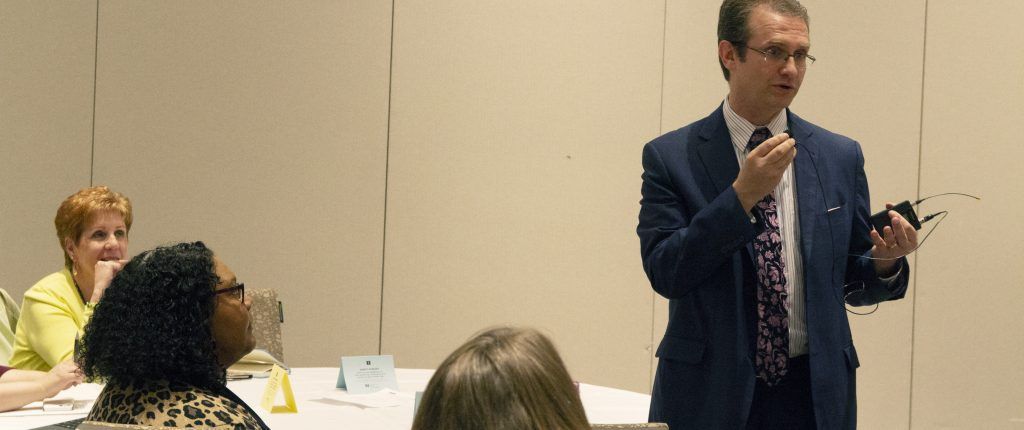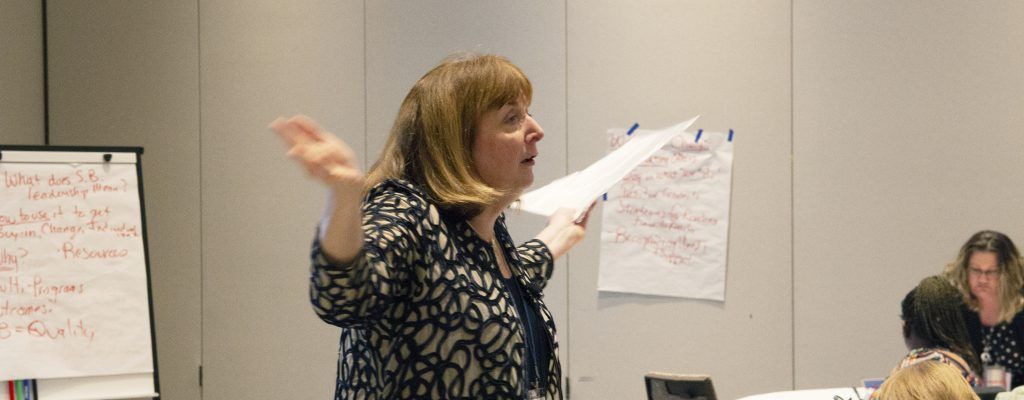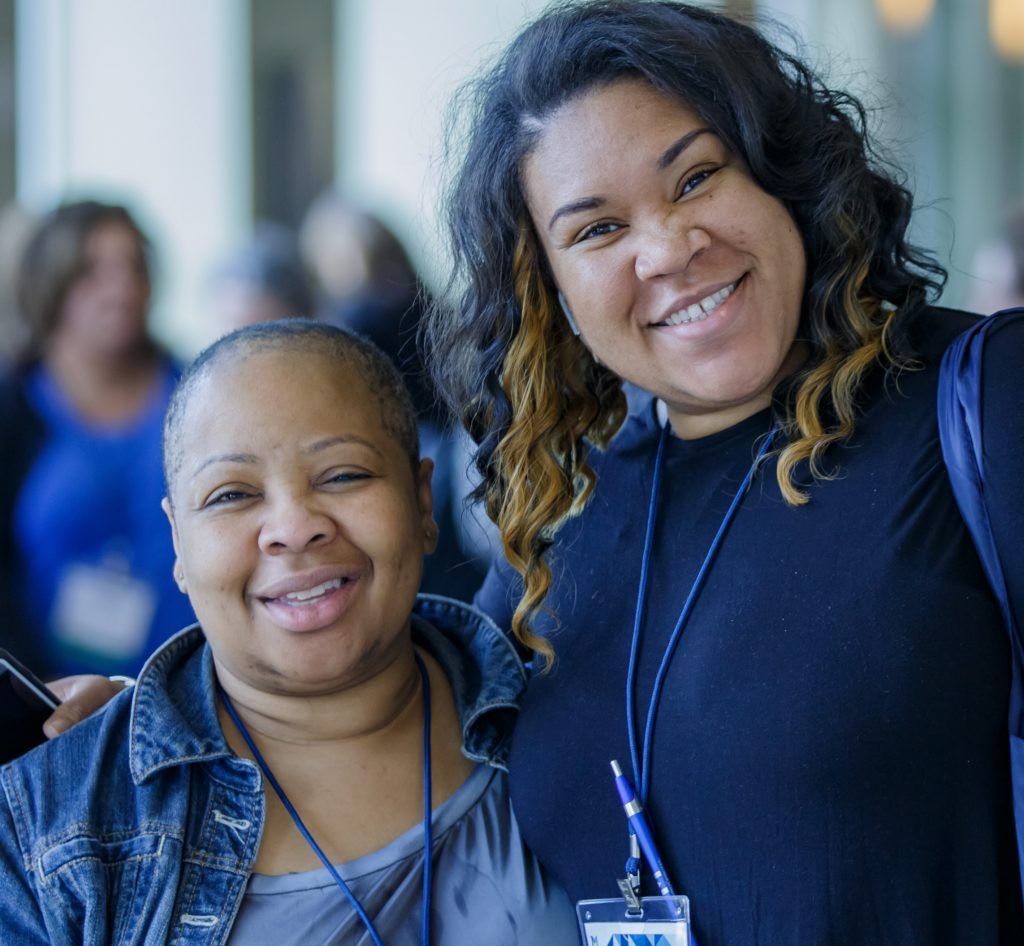BY | May 14, 2019
Our founder, Paula Jorde Bloom, created Leadership Connections National Conference as a place where early childhood professionals from across the country (and around the world) could connect and learn together in an interactive experience unlike any other. This year’s theme was, “A Framework for Success.”
National Conference as a place where early childhood professionals from across the country (and around the world) could connect and learn together in an interactive experience unlike any other. This year’s theme was, “A Framework for Success.”
Below is a recap of the 2019 conference. Explore #lcnc19 on Twitter to find golden nuggets attendees shared during the conference.
Pre-conference, Wednesday, May 8


Walter Gilliam (The Edward Zigler Center in Child Development and Yale University Child Study Center), presented a full-day session on “The Edward Zigler Center in Child Development.” Also, Susan MacDonald (Inspiring New Perspectives) presented a full-day session on “Inspiring Early Childhood Leadership: Strategies to Ignite Passion and Possibility.”
Taking Charge of Change cohort #26 participants presented their quality improvement plans to their fellow colleagues and mentors. This marked the end of their 10-month cohort and the beginning of cohort #27. ( Apply to join cohort #27 by May 31, 2019!)
In the evening, networking events kicked off the conference. Many early childhood leaders traveled by bus to Chicago for a guided tour of the city.
Day 1, Thursday, May 9

Myra Jones-Taylor and Libby Doggett at the Opening Keynote Luncheon.
Donna Jacobson, Executive Director of the McCormick Center, opened the conference with thank yous and the 2019 Visionary Leadership Award was presented to Libby Doggett.
Myra Jones-Taylor, Chief Policy Officer at ZERO to THREE, gave a passionate keynote address about systemic racism and how systemic racism affects early childhood education. She encouraged the audience to move away from using the terms “vulnerable” and “at-risk” and instead use the terms “families furthest from opportunity,” and “overburdened and underresourced” when referring to families in need of services.
In the evening, Marketplace opened. Vendors greeted attendees with early childhood apps, professional learning books, early childhood classroom furniture and supplies, clothing, and jewelry. Participants had an opportunity to get professional headshots as well.
Libby Doggett shared her visionary leadership journey, at the Leadership Colloquium in the evening.
Day 2, Friday, May 10

Aisha Ray speaking at the Public Policy Forum.
At the Public Policy Forum, participants heard a keynote from Aisha Ray, Professor Emerita of Child Development at the Erikson Institute, Dr. Cynthia L. Tate, Executive Director, Governor’s Office of Early Childhood Development, and Ashley Nazarak, Vice President, Learning and Evaluation, The YMCA of Metropolitan Chicago, about the state of racial equity in early childhood education. After the keynotes, participants were given the opportunity to ask questions to a panel of speakers about the topic. The panel as included Teri Talan, Senior Policy Advisor for the McCormick Center of Early Childhood Leadership.
Special interest sessions were held at the end of the day and were an opportunity for participants to explore different topics using the “Jigsaw Method,” so that participants could discuss various aspects from a broad range of perspectives. Some of these sessions included topics on administrative leadership, challenging child behaviors, coaching, and early childhood workforce issues.
Conference participants also had a second chance to take an option trip to Chicago on a guided tour with dinner and wine.
Day 3, Saturday, May 11

Participants wrapped up the conference with two final sessions and headed home to share what they learned with others and put their new knowledge into action.
Save the Date





